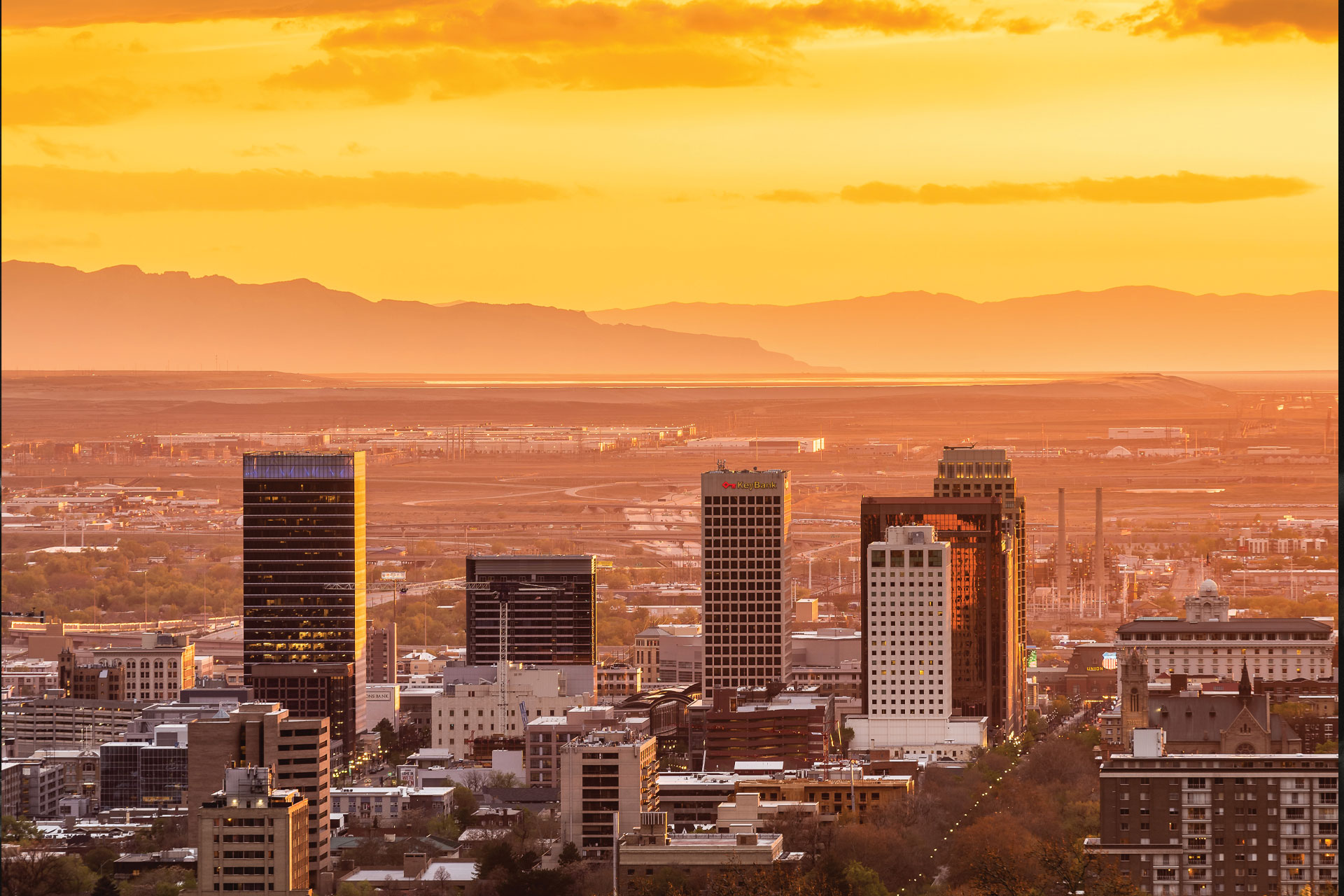How clean is the air your kids are breathing? That may depend on where they go to school. A new study found that schools in Salt Lake County with a higher minority and low-income population were exposed to higher levels of pollution.
U researchers gathered data from 174 schools and analyzed the fine particulate matter levels (PM 2.5) during three different scenarios: relatively clean, moderate inversion, and major inversion days. Schools with predominantly minority students were disproportionately exposed to worse air quality under all scenarios. Charter schools and schools serving students from low-income households were disproportionately exposed when PM 2.5 was relatively good or moderate. The findings speak to the need for policies that protect school-aged children from environmental harm, says Sara Grineski, U professor of sociology and environmental studies and senior author of the paper.
“The persistence of these injustices—from the pretty clean but health-harming levels all the way up to the horrific air days—at schools serving racial/ethnic minority kids is unacceptable,” she says. Exposure to hazardous air pollutants is associated with worse performance in reading, math, and science, as well as health issues including asthma, cardiovascular disease, and chronic obstructive pulmonary disease.




Comments
Comments are moderated, so there may be a slight delay. Those that are off-topic or deemed inappropriate may not be posted. Your email address will not be published. Required fields are marked with an asterisk (*).